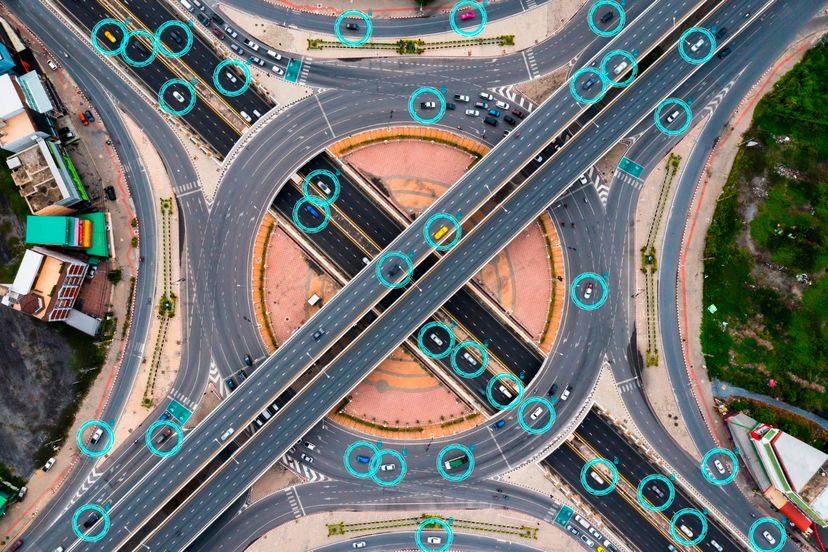
Every major car maker in the world is focused on developing self-driving cars. Automotive manufacturers from BMW to Ford are pouring tons of money and resources into getting self-driving cars on the roads, as are leading tech companies like Apple and Google. In fact, Google spent last summer testing their version of the self-driving car on roads throughout Northern California.
Some estimates forecast that there will be over 60 million self-driving cars on North American roads by 2030.
Advertisement
The big question, though, is will consumers rush to adopt self-driving cars? While the industry plows ahead with their plans for completely autonomous vehicles, many citizens are taking a wait-and-see attitude to this new technology. And why not? There’s no guarantee that self-driving cars will be enjoyable. Or even practical.
In fact, there are many reasons why the self-driving car revolution might actually suck. Here are 10 of those reasons.
Advertisement